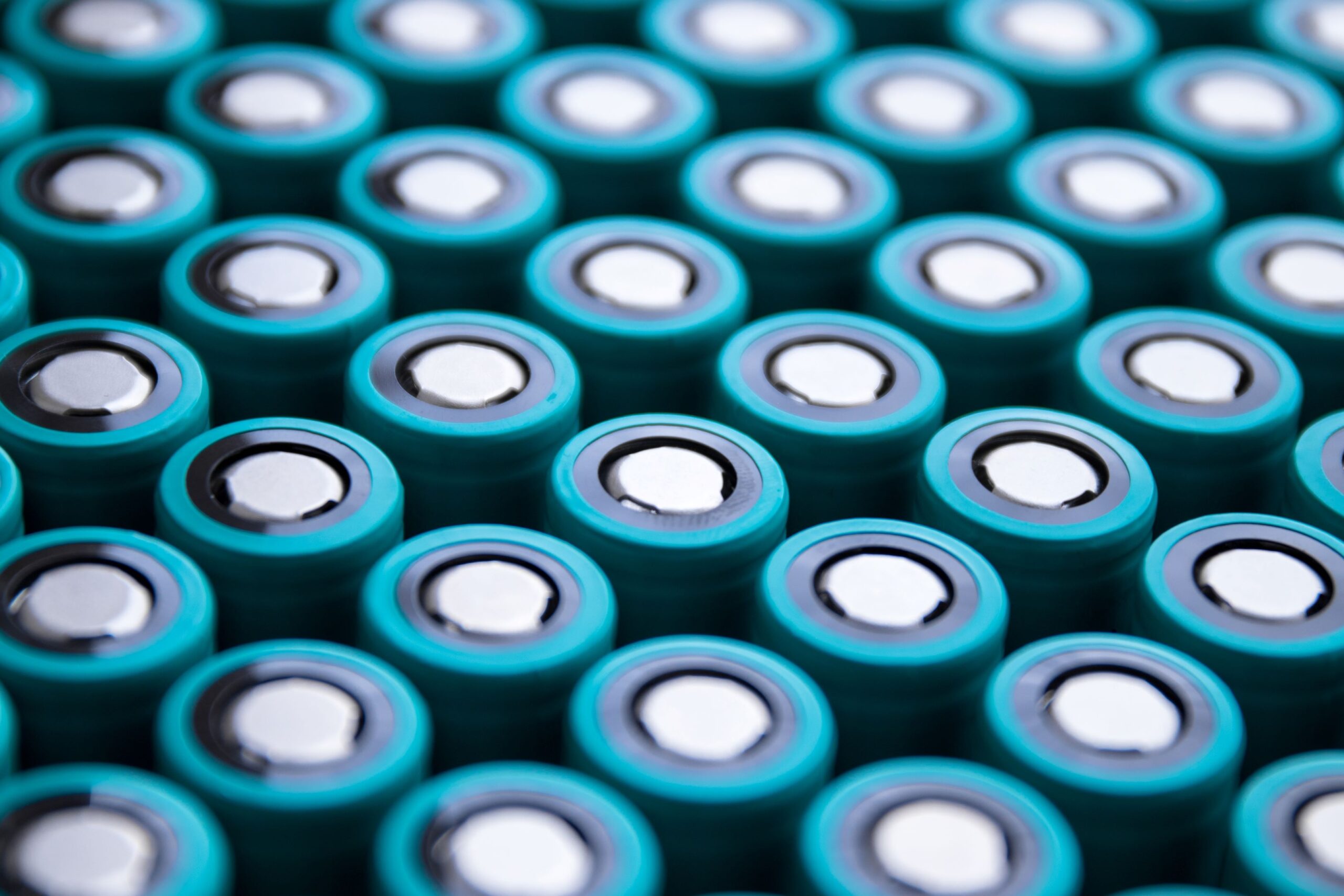
At EnTech Solutions, we have discussed microgrids many times in our blogs; AC vs DC microgrids, their various use cases, right-sizing your microgrid and how to successfully install one. All of these articles illustrate important details when considering and implementing microgrids.
When discussing microgrids with customers, a common question we hear is, how long will the batteries last? Below is information regarding battery energy storage with microgrids.
Battery Types
There are many different types of batteries available today, and several entering the market. The three main types typically used in microgrids are lead-acid, flow and lithium batteries. Each battery type has its strengths when considering applications for focusing on short-term power, medium-term energy or long-duration energy storage (LDES).
Lead Acid
We are all familiar with lead-acid batteries; they are more commonly known as car batteries in normal combustion engine cars. These batteries are great for specific applications such as cars, forklifts, uninterruptable power systems (UPS) and some microgrid systems. There are many benefits of lead-acid batteries; they are cost-effective, well-established, recyclable, robust and can operate in a wide range of temperatures. Lead-acid batteries are not without drawbacks, though. They are heavy, have a low cycle life and have a lower energy density than lithium.
Flow
Although flow battery technology has been around for some time, it has gained a lot of interest in the past few years. Many companies are working on perfecting this method of storing energy. Flow batteries store electricity in a fluid rather than a solid material. When electricity is needed from the battery, the fluid flows through a membrane and electricity is taken from the fluid. This is a promising technology that may be in many stationary applications in the future.
Lithium
Lithium batteries are used in many different applications and enable us to power small devices such as smartphones and laptops. They are not limited to small applications though; lithium batteries are now being used in cars and large microgrid applications. However, to use lithium in these large applications, the complexity of the battery increases exponentially; it is not as simple as charging and discharging as we are used to with lead-acid batteries. The complexity requires a Battery Management System (BMS) to manage everything within the lithium battery, including charging, discharging and cell balancing.
The benefits of using lithium batteries include:
- High energy density: Depending on the specific batteries, lithium batteries on average are 5 to 6 times more energy-dense than lead-acid batteries.
- Long cycle life: Quality lithium batteries can typically complete 3,000-4,000 cycles before the battery capacity degrades to 80%. A quality lead-acid battery will complete 400-500 cycles before battery capacity degrades to 50%.
- Fast charging: Lithium batteries support rapid charging, enabling quicker turnaround times for devices and vehicles.
- Lower self-discharge rate: Lithium-ion batteries have a lower self-discharge rate than lead-acid batteries, meaning they retain their charge for more extended periods without significant loss.
Lithium battery drawbacks include:
- Higher initial cost: Lithium-ion batteries are typically more expensive upfront than lead-acid batteries. While the cost has been decreasing, this initial investment can be a deterrent in some applications.
- Temperature sensitivity: Lithium-ion batteries may experience performance issues and reduced lifespans if exposed to extreme temperatures. Temperature-controlled environments are usually required. Lithium runs best between 40-110 degrees Fahrenheit.
- Safety concerns: Li-ion batteries are available in different types, and the performance and safety of each vary. While the LFP li-ion is considered to be safer than the other types, safety features should always be incorporated.
Battery Life
The lifespan of batteries is rated in a slightly different way than we rate other equipment. Batteries are rated in cycles, which are defined as completely charging and then discharging the capacity of a battery. Cycles are cumulative, though, so if a battery was discharged to 50% today and then 50% tomorrow, that would equal one cycle. Another example would be discharging the battery by 25% of capacity for 4 days, which would also equal one cycle. As noted earlier, most quality lithium batteries average around 4,000 cycles before the battery drops to 80% of its original capacity. After 4,000 cycles, the battery is still usable and has a lot of life left, but a quick analysis would be recommended to ensure the battery is still meeting its intended needs.
How do cycles affect the overall lifespan of the battery? If we cycled the battery completely every day, 4,000 cycles would equate to almost 11 years before the battery hits 80% of its capacity. If we cycled the battery down to 50% every day, the battery would last about 8,000 days or almost 22 years before capacity reaches 80%.
Battery storage is a bit more complicated than just charging and discharging, so it’s important to have insight into the different battery types, life cycles and use cases. At EnTech Solutions, we’re here to help you determine what type of battery storage is best for your specific energy needs and goals. Contact us today to learn more.
Thank you for checking out the EnTech Solutions blog. To stay up to date with technologies, developments and trends about clean energy, please subscribe.








